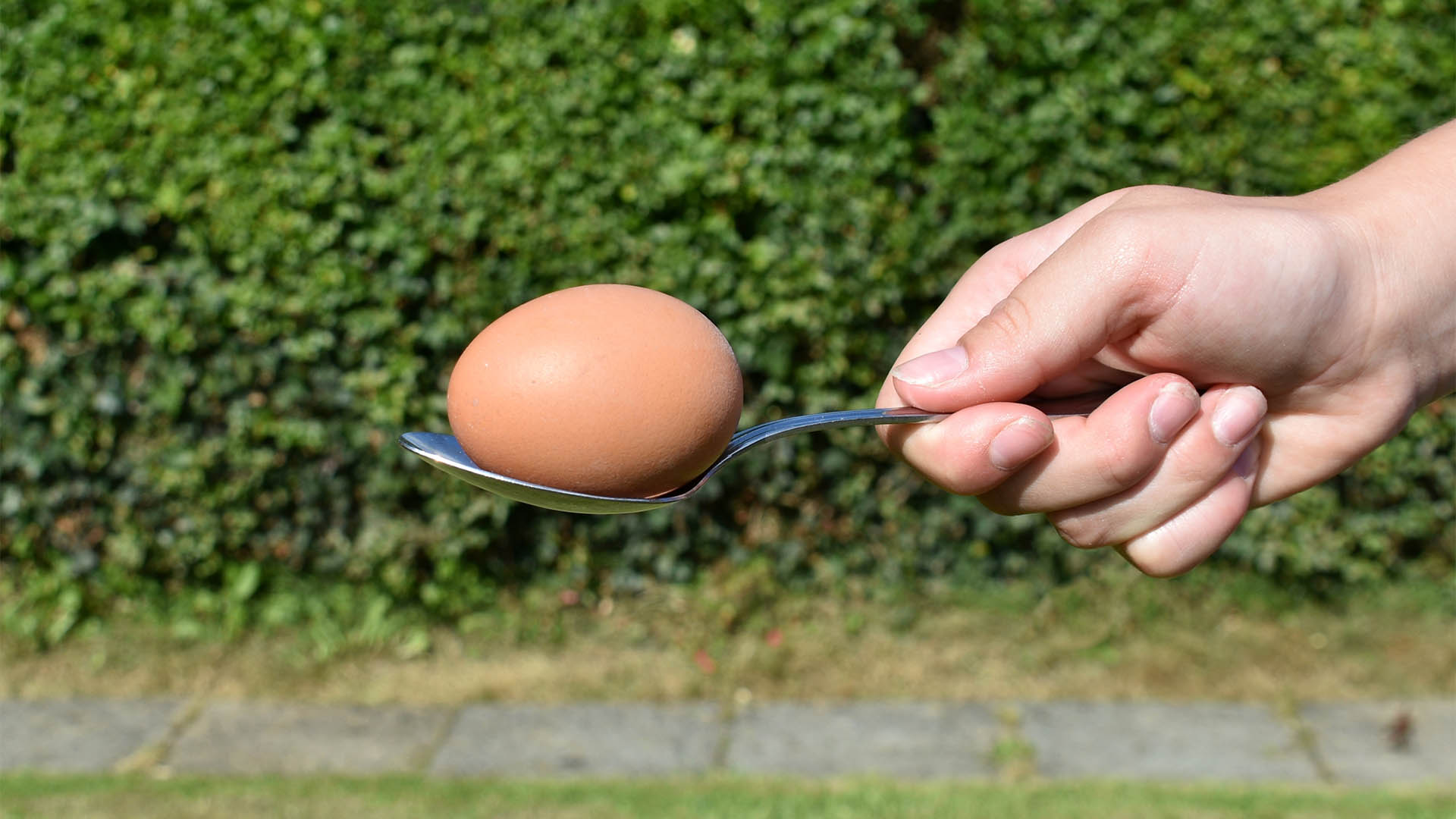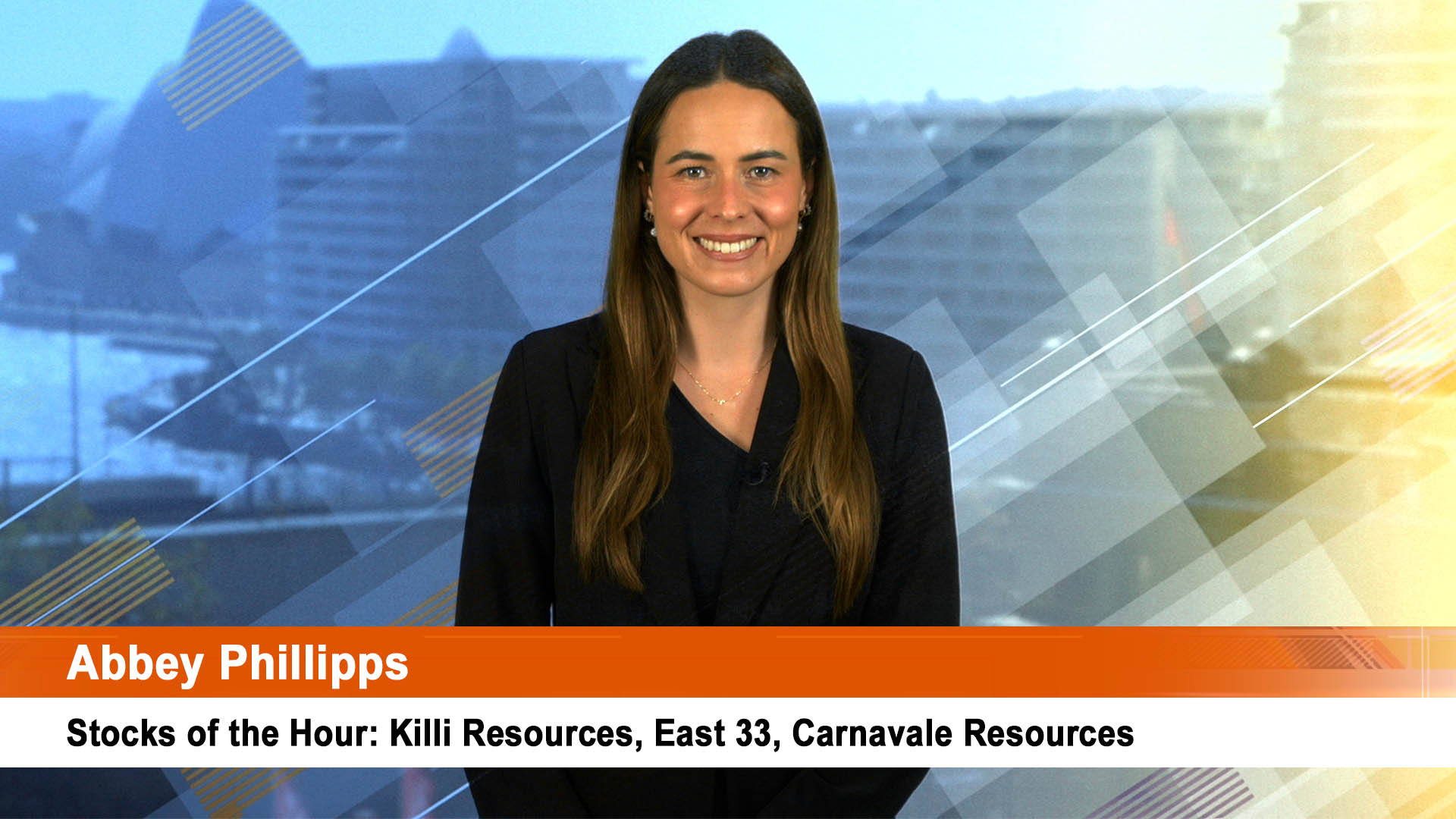The Reserve Bank board will complete more than a year of doing nothing about its official cash rate when it passes on a rate move at its final meeting for 2017 today.
The central bank remains worried about weak consumer spending, weak wage growth and high levels of household debt, but previous fears about weak non-mining business investment and housing and building construction have vanished with solid figures in reports from the Australian Bureau of Statistics.
Then more good news tomorrow when the September quarter National Accounts show growth back around 3% (it was last at this rate in 2015-16) with quarter on quarter growth of 0.7% expected after the 0.8% rise in the three months to June.
September quarter GDP growth is tipped to show a rise of 0.7% quarter on quarter which will take annual growth to 3% as the 0.4% GDP contraction of the September quarter last year drops out.
While consumer spending and housing investment are likely to be soft this should be more than offset by strengthening business investment, construction spending (which was much stronger than expected) net exports and public spending.
Data releases from the Bureau of Statistics yesterday on wages, salaries, business inventories, showed little surprise – corporate profits eased in the quarter but are up over the past year
Wages, sales and inventories all rose in the quarter. Profits totalled a record $318.2 billion in the year to September. Profits are up 26.9% over the year – the strongest gain in 15 and a half years.
And the ANZ job ads survey for November was better than expected.
In fact the number of jobs being advertised in Australia rose to a six-year high in November as the labour market improved up across all states.
The ANZ’s latest survey of job ads showed the number of positions advertised rose 1.5% on a seasonally adjusted basis to 172,395 – the highest since November 2011.
The number of jobs advertised up 12.1% higher from the same month in 2016.
But the most important data release has gone almost unremarked upon and that was last week’s September quarter business investment data.
After years of falling investment as the great resources spending boom flickered and faded, the business investment cycle in Australia is finally on the mend.
Not only did investment rise in the September quarter (which will provide a boost to September quarter GDP growth, along with a solid rise in construction work done) but investment plans for the current financial year are now rising.
While business investment intentions point to a further 20% of so fall in mining investment this financial year from 2016-17, it’s now close to where it was as a share of the economy before the mining boom started (2% to 3%) and its drag on GDP growth has collapsed to around 0.4% from around 1-1.5% a few years ago according to the AMP’s Doctor Shane Oliver.
Of greater significance though is the clear recovery in non-mining investment (as wished for by the Reserve Bank for the past two years) which a 12% rise likely this year with even the manufacturing sector looking to boost investment. And as the RBA has pointed out the private investment data understates what is going on in the wider economy.
Reserve Bank deputy governor, Guy Debelle said in speech last month about investment:
"The services sector does not have good coverage in the ABS capital expenditure survey, particularly health and education. The capital expenditure survey covers only around half of investment spending in the non-mining sectors. So it is not a particularly comprehensive guide to either the current level or outlook for aggregate non-mining investment.
Thanks to higher investment plans from manufacturing and an assorted other industries, the full year figure (based on the 4th estimate from the Australian Bureau of Statistics) is now within $6 billion of the $114 billion spent in the year to June 30 this year.
The fading drag from falling mining investment and the improving outlook for non-mining investment (along with ongoing strength in export volumes and public infrastructure spending) is offsetting the downturn in the housing investment and the weak consumer.
Retail sales figures for October are out today from the Australian Bureau of Statistics and will tell us if there is any sign of a recovery from the flat three September quarter when growth went backwards after inflation.













